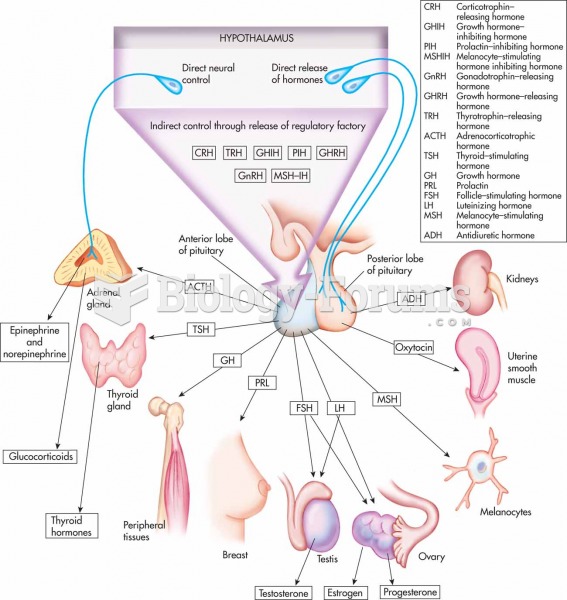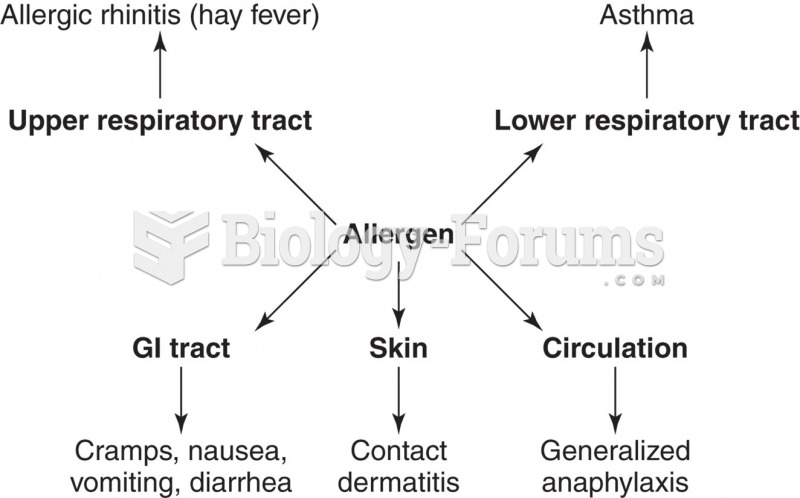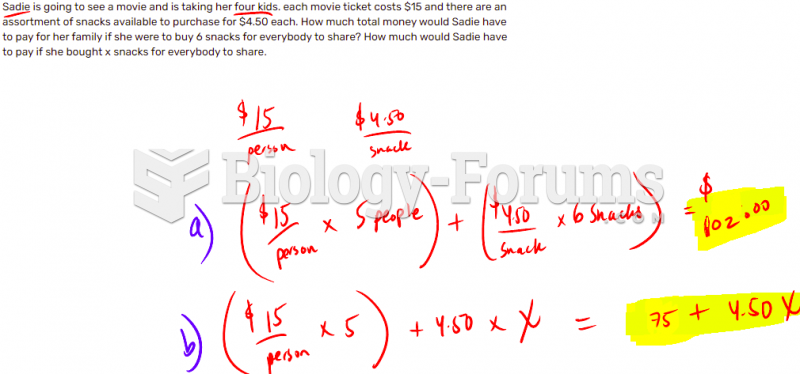Answer to Question 1
1.
Product design and licensing 1,000,000
Direct materials 1,800,000
Direct manufacturing labor 1,200,000
Variable manufacturing overhead 600,000
Fixed manufacturing overhead 2,000,000
Fixed marketing 3,000,000
Total cost 9,600,000
Cost per unit (9,600,000 400,000) 24.00
Target cost per unit (38 0.60) 22.80
The original cost estimate of 9,600,000 does not meet the company's requirements. Value engineering will be needed to reduce the cost per unit to the target cost. Tiffany's operating income will be 5,600,000 (38 400,000 9,600,000)
2.
Total cost 9,600,000
Less: Reduction in material costs (1,800,000 45) (810,000)
Add: Increase in design costs 300,000
Total costs of redesigned table 9,090,000
Revised cost per unit (9,090,000 400,000 units) 22.73
Target cost per unit (38 0.60) 22.80
The design change allows the table to meet its goal of target costs less than 60 of revenue and target operating income greater than 40 of revenue. The cost of materials is a locked-in cost because they are designed into the product formula.
3.
Total cost 9,600,000
Add: Increase in marketing costs 400,000
Total costs of redesigned table 10,000,000
Revised cost per unit (10,000,000 400,000 units) 25
Target cost per unit (42 0.60) 25.20
Yes, this proposal does allow the company to meet its goal of target costs less than 60 of revenue and target operating income greater than 40 of revenue.
4. The company has many considerations, both quantitative and qualitative, when deciding between the preceding requirements 2 and 3 . Although both options meet the target costing objectives, they will provide different amounts of income in both the short and potentially long term. In the short term, the alternative in requirement 2 will result in income of (38 400,000) 9,090,000 = 6,110,000. The alternative in requirement 3 will provide a higher income of (42 400,000) 10,000,000 = 6,800,000 and will be preferred.
In the long run, however, there are other considerations that might favor the alternative in requirement 2 and using the chemical equivalent of the nectar obtained from the plant in South America. For example, will the nectar become more expensive in future periods? If so, could the product be reengineered at a later time or are the materials locked-in with the design for the full product life cycle. If the company chemically engineers the material, will this tarnish the quality of the product or more importantly, the company's brand image? How might this affect the price in future periods and/or the sales of other products within the company?
Answer to Question 2
False







